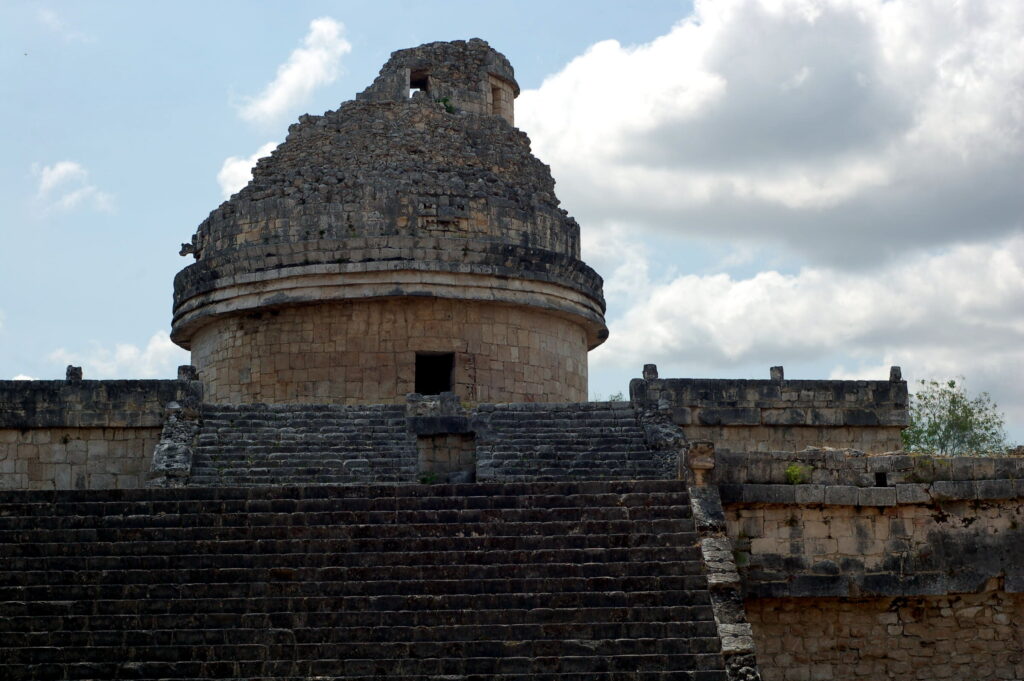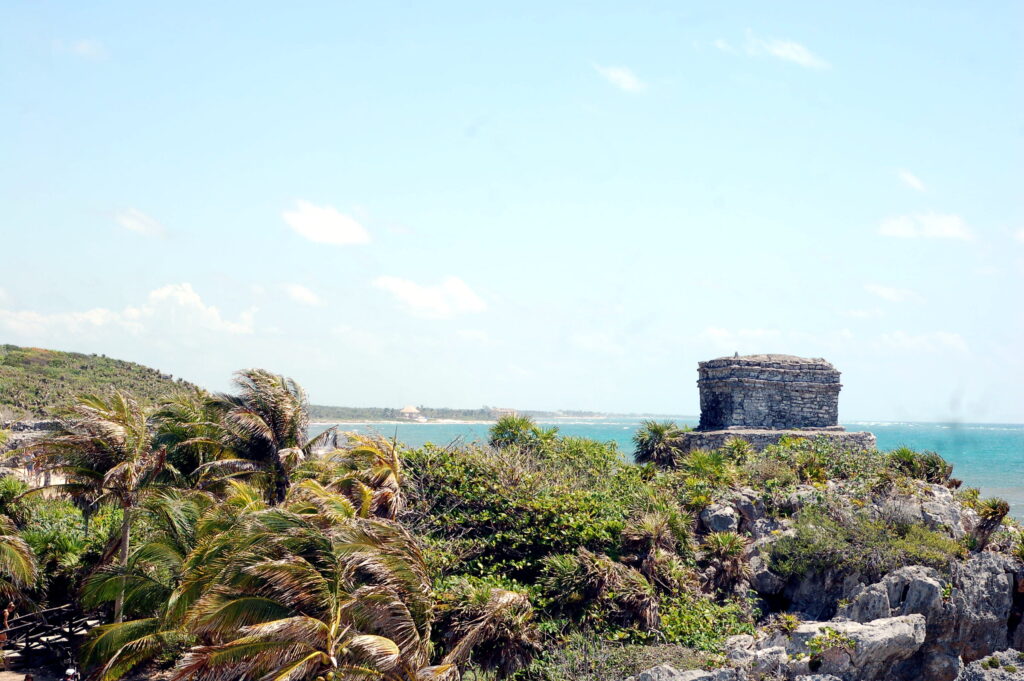I had the privilege recently of visiting the Yucatán in México for a Suzuki music conference in Cancún. Jaimito and I and the group took the time to tourist around, visiting Mayan temples, ruins, learning the history, and the past and current political realities of the people. I have more to say on that, but I’d like to start with two particular things that really stuck out to me. Both of them reminded me that we humans are not so different, separated by time, distance, and culture.
First, the Yucatán is an arid place, dotted with limestone sink holes called cenotes. These water filled holes are entrance points to a vast reservoir system that runs beneath. Rains have been somewhat regular, but sparse and hard to predict for centuries.
Keep that in mind.
The other: The Mayan people were a highly developed organized society with a mature and systematized knowledge of agriculture, astronomy, and government. They were not the blood thirsty primitives portrayed in Mel Gibson’s Apocalypto (they hate that movie, by the way).
In Chichén Itzá I came face to face with something startling, a temple to the stars.

It’s literally just an observatory, and even more incredible is that it looks just like modern observatories. These buildings and the others are well over 1,000 years old. What was Europe doing at this time?
The observatory was used to study the skies, predict cycles, determine when to plant, when to hold ritual celebrations. Think about it. This structure was practical. It was constructed at great expense, deliberately, with great precision to have a view of Venus and the stars and to track their paths across the sky. The structure wasn’t decorative. It wasn’t thrown together. It was engineered and constructed to last (over a 1,000 years and counting), all so that the Mayan people could understand their world better.
Science. Not magic. Not superstition. Not spirits and bogeymen. It was an achievement akin to the Greeks of the ancient world, the Arabs during their Golden Age, and later to the Europeans of the Renaissance.
Let’s leave that for a bit and head to the ruins of Tulún.

This structure was described to us as the Temple to the Wind. I got chills when I saw it. It dawned on me that the word “temple” isn’t spiritual in our modern sensibilities of the separation of the physical and the so-called spiritual. Temple to the wind here is very clearly the place where they study the wind, the place wherein the knowledge of the wind is contained and studied. Knowledge may be communicated as spiritual, to know the essence of something, to own it, is as much a spiritual as a practical experience.
Look at it. Look at the palm trees bending in the wind. It was placed on a small peninsula jutting out to sea. It reminds me of a weather station. From this point, they would have the most advanced knowledge of coming hurricanes, changes in wind direction, temperature, and perhaps atmospheric pressure.
Learning about the Mayan people, seeing their land, putting myself in their context gave me tremendous respect for their accomplishments.
Less a bloodthirsty, primitive people for whom the world was a mystery to be feared, and whose response was resorting to human sacrifice and bloodshed to survive, I saw an organized, thoughtful people using science to support their civilization through observation and study.
If we call it superstition or belief in supernatural mojo, that’s on us, ’cause that’s not what I saw.

